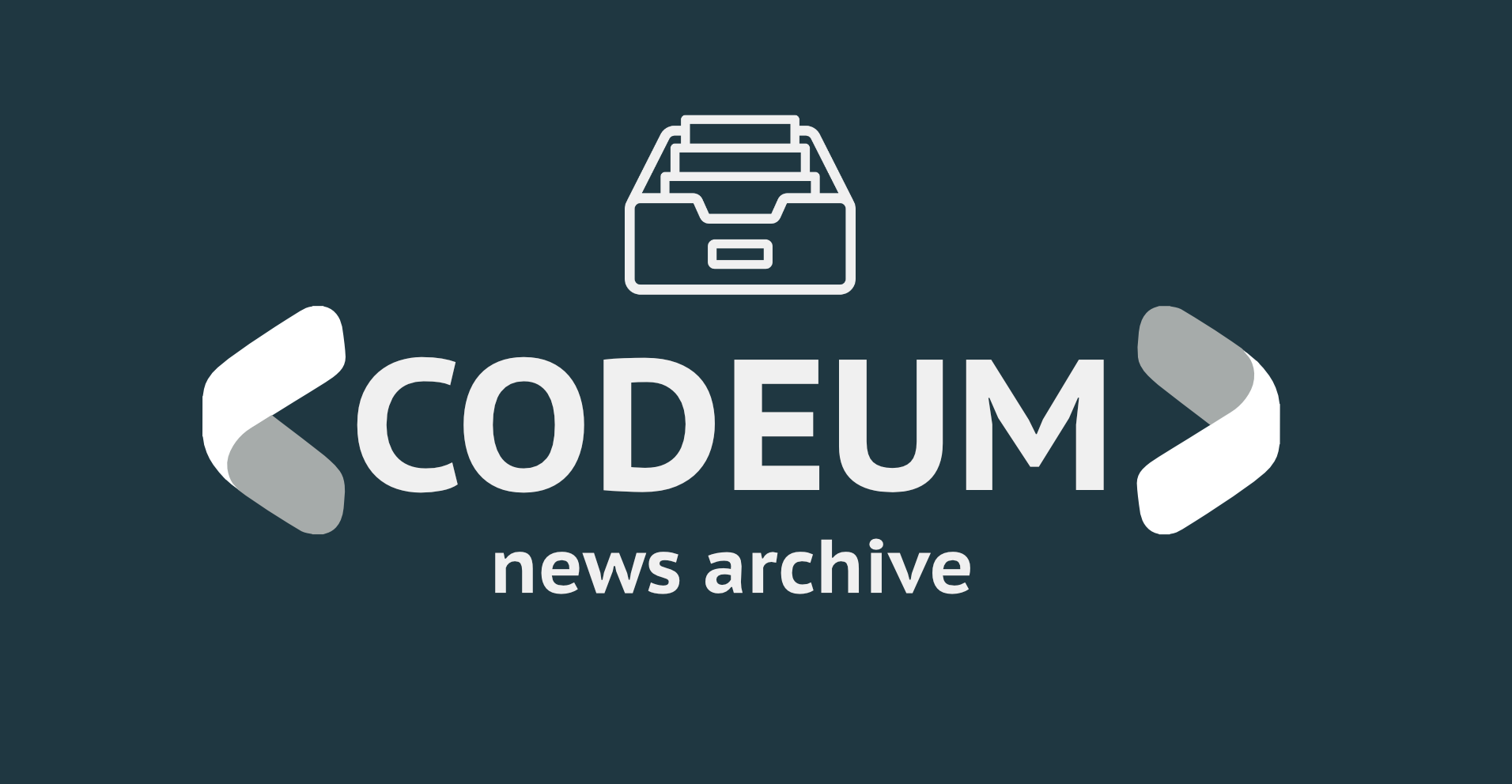
$MATIC: Why Ethereum’s Merge Upgrade Does Not Invalidate Polygon’s Value Proposition
On Tuesday (August 23), the Polygon ($MATIC) team talked about how their project will be affected by Ethereum’s upcoming “Merge” upgrade, which marks the Ethereum network’s transition from proof-of-work (PoW) to proof-of-stake (PoS).
Here is how Ethereum Foundation explains the Merge, which is expected to take place on September 15:
“The Merge represents the joining of the existing execution layer of Ethereum (the Mainnet we use today) with its new proof-of-stake consensus layer, the Beacon Chain. It eliminates the need for energy-intensive mining and instead secures the network using staked ETH. A truly exciting step in realizing the Ethereum vision – more scalability, security, and sustainability.
“It’s important to remember that initially, the Beacon Chain shipped separately from Mainnet. Ethereum Mainnet – with all it’s accounts, balances, smart contracts, and blockchain state – continues to be secured by proof-of-work, even while the Beacon Chain runs in parallel using proof-of-stake. The approaching Merge is when these two systems finally come together, and proof-of-work is replaced permanently by proof-of-stake.
“Let’s consider an analogy. Imagine Ethereum is a spaceship that isn’t quite ready for an interstellar voyage. With the Beacon Chain, the community has built a new engine and a hardened hull. After significant testing, it’s almost time to hot-swap the new engine for the old mid-flight. This will merge the new, more efficient engine into the existing ship, ready to put in some serious lightyears and take on the universe.“
What Is Polygon?
Polygon is “a decentralised Ethereum scaling platform that enables developers to build scalable user-friendly dApps with low transaction fees without ever sacrificing on security.” The Polygon Lightpaper describes Polygon as “a protocol and a framework for building an connecting Ethereum-compatible blockchain networks.”
On 18 May 2021, Independent Ethereum educator, investor and advisor Anthony Sassano took to Twitter to clear up some of the confusion around Polygon (e.g. some people refer to Polygon as a sidechain to Ethereum, while others call it an L2 blockchain). Below are a few highlights from that Twitter thread:
- “There is the Matic Plasma Chain and the Polygon PoS chain. The vast majority of the activity is happening on the PoS chain.“
- “The PoS chain is what people refer to as a ‘sidechain’ to Ethereum because it has its own permissionless validator set (100+ who are staking MATIC) which means it doesn’t use Ethereum’s security (aka Ethereum’s PoW).“
- “The PoS chain goes beyond a standard sidechain and actually relies on and commits itself to Ethereum (what some people may call a ‘commit-chain’). It relies on Ethereum because all of the validator/staking logic for the PoS chain lives as a smart contract on Ethereum.“
- “This means that if the Ethereum network went offline, the Polygon PoS chain would also go offline. Secondly, the PoS chain actually commits/checkpoints itself to Ethereum every so often.“
- “This has 2 benefits: it provides Ethereum-based finality to the PoS chain & it can help the chain recover in case of catastrophic event. This also means that Polygon is paying Ethereum to use its blockspace (in ETH) & paying for it to secure the contracts & checkpointing.“
How Polygon Will Be Affected by Ethereum’s Merge Upgrade
In a blog post published yesterday, the Polygon team explained why “the merge is only good news for Polygon.”
The blog went on to say:
“… the merge means Ethereum will be more environmentally friendly, like us. But it will not lower Ethereum’s gas fees or increase its speed. In fact, the network depends on Polygon and other Layer 2 solutions to solve for this.
“To quote from the Ethereum Foundation: ‘The Ethereum ecosystem is firmly aligned that Layer 2 scaling is the only way to solve the scalability trilemma while remaining decentralized and secure.’
“The merge prepares Ethereum for future upgrades, like sharding, that will help it grow and scale. But as Ethereum grows, Polygon should as well. Every improvement made to Ethereum, as a settlement layer, magnifies the power of Polygon.
“The merge fixes the massive carbon footprint of Ethereum, arguably beefing up Ethereum’s security, and reducing ETH inflation. Polygon gains from Ethereum’s improved security and general growth to the ecosystem–even while Ethereum massively gains from the Polygon companies’ suite of scaling solutions, like the recently announced Polygon zkEVM.
“So proof of stake changes the narrative: Ethereum is now like Polygon, a significantly more environmentally-friendly network.“
Image Credit
Featured Image via Pixabay
Source link